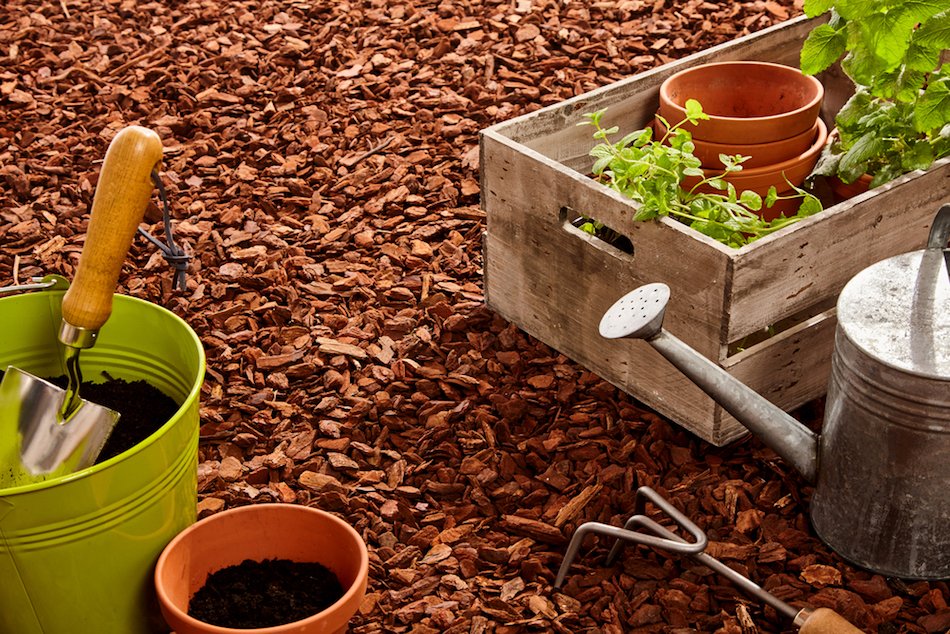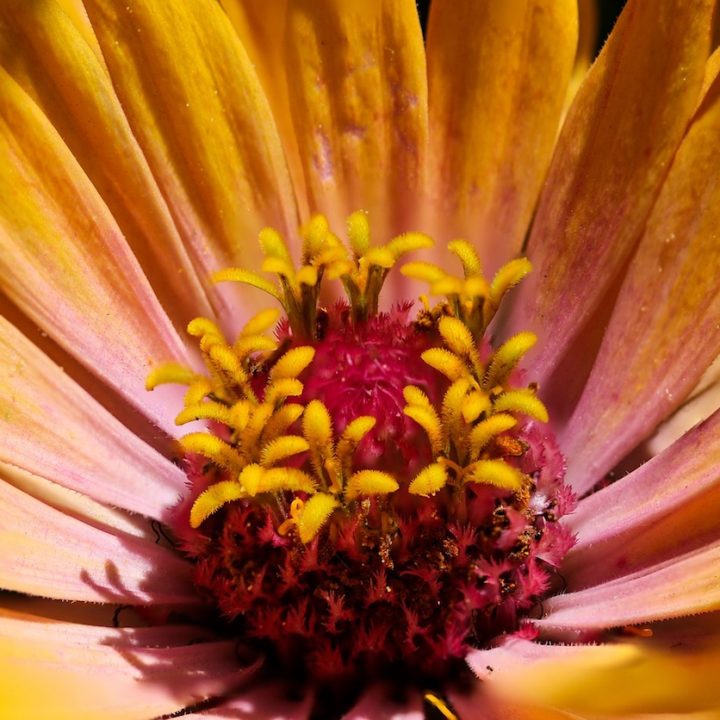Midsummer Planting for Fall
The saying “Fall is for Planting” certainly applies to many landscape plants. But what to plant in August for fall glory and harvests?
Midsummer is super busy fighting garden pests, keeping plants watered and harvesting loads of veggies to enjoy and preserve. So inevitably, fall planting times tend to sneak up on us.
With the exception of a few garden vegetables, such as garlic, July and August are the optimal fall planting times. If you’re in the middle range temperate zones 5-8 you’ll need to plant and sow way before September 21st comes around. Chances are that you favorite seed catalogs are rolling in about now reminding you as well.
In August, there’s still time to plant even tender veggies before frost takes its toll.
Know Your Zone
First, know your growing zone. To help you remember the first and last frost dates, here’s an interactive map that zooms in for more details about your specific location.
Higher and Lower Growing Zones…?
You growers who occupy higher or lower zones will need to adjust our recommendations, which you’re probably used to doing by now. Fine tune the planting dates according to your first frost date, your microclimate, and whatever season extension techniques you can implement, like row covers, and greenhouses.
To plan right, you need to know what’s ahead in terms of “days to maturation” and your locale’s weather pattern. Your seed packet usually indicates the days to maturity. Once the time frame is determined, it’s all about the weather.
The US Center for Climactic Data has a great site for downloading statewide frost and freeze data per your zip code.
Season-extending plant covers are a great help in planting in the summer heat. Simple shade cloths allow us to grow a fall garden and enjoy fresh produce even through the winter, and it’s one of the best ways to get the most out of your fall growing season.
GARDEN SNIPPET – Temperature Zones:
The Hardiness Zone ratings are based on average lowest temps rather than historic data as to first and last frost, so keep frost covers handy.
Next are a few tips on summer/fall growing, or you can skip directly to the list of what to plant in August.
Tips for Growing Through Summer Heat into Fall
Water
When temperatures soar, plants naturally require more water. In ground plantings need more and container plants need a lot more.
Drip Irrigation
Our go to solution is drip irrigation combined with hand watering as necessary. We used to water in the morning, and check around mid afternoon to see if the plants need additional watering. Now, we have our drip irrigation on a timer for twice a day, morning and evening.
It’s best to water down low at the base of the plants. Container plants get extra attention, but we have many of these in the garden connected to the drip irrigation as well.
Better to water deeply fewer times than to water often at a shallow level.
Water Timers Are a Great Help
The water timer schedule can be set to water several times a day, or for longer periods. One handy feature on most garden water timers is the “manual” button for extra timed intermittent periods.
Water the Base of Plants
We’re not big fans of sprinklers. If they are used, it’s best to water in the morning. Late day watering can invite mold and other diseases that will stress plants even further.
Other than drip irrigation, olla pots, soaker hoses, milk jugs on drip and “dishing” around the root area can be effective ways to water. The main objective is to water deeply.
GARDEN SNIPPET – Watering Plants:
Best to water in the morning and check in afternoons.
Better to water deeply fewer times than shallowly more often.
Water at the base of plants to prevent mold and disease.
Container plants need extra watering as they’ll dry out more quickly.
Shade Protection
Another easy way to extend your growing season and protect your plants from summer heat is to use black shade cloth covers. Then in fall, to use the white frost cloth plant covers.

Mulching
Mulch helps retain soil moisture and with temperature regulation, by keeping the soil cooler in summer and warmer in winter.
We also love the Ruth Stout deep mulch gardening method.
GARDEN SNIPPET – Mulching:
Mulching protects plants from overheating, keeps the soil friable, and retains soil moisture.

What to Plant in August?
From Arugula to Zinnias, it’s not too late to plant in August for wonderful fall garden delights. Here’s our summer list of what we’re sowing and planting in July and August.
Flowers to Plant in August – (Zones 3-8)
- Alyssum
- Marigold
- Snapdragon
- Zinnias
Fruits to Plant in August
August is generally not the time to plant fruit, but Baker’s Creek says that the Sugarbaby Bush Watermelon may work for an August planting. Check the reviews though… they’re mixed.
Herbs to Plant in August – FS-full sun; PS-partial shade; S-Shade
Most herbs can grow in partial shade, preferring an average 6-8 hours of sunlight to thrive.
- Basil (PS – 6-8 hrs. sun)
- Chives (FS, PS)
- Cilantro (PS)
- Cilantro – ”Slo Bolt” (sow)
- Fennel (FS, PS) (strong fragrance-best to grow in pots or patches away from other herbs)
- Lavender (FS)
- Mint (FS, PS) (grow in pots-invasive)
- Parsley (FS, PS)
- Oregano (FS, PS)
- Rosemary (FS)
- Sage (FS)
- Thyme (FS, PS)
Vegetables to Plant in August
Listed alphabetically; some are duplicates where added to a category for ease of finding,
- Arugula* (sow)
- Beans – (Zones 3-8)
- Pole (sow)
- Bush (sow)
- Beets
- Brussel sprouts
- Cabbage
- Chicory
- Chinese greens[1]https://ourstoneyacres.com/9-crops-you-can-plant-in-august
- bok Choy – “Purple Lady” (sow)
- Chinese cabbage
- tatsoi
- Carrots*
- Cauliflower – “Amazing” (indoor flat)
- Collards
- Corn (Bantam)
- Cucumber (Zones 3-9)
- Endive (indoor flat)
- Greens for cooking
- collards
- kale
- mizuna
- mustard
- Kale (Zones 3-9)
- Leeks
- Lettuce – (Zones 3-8)
- leaf*
- romaine (sow)
- mizuna – (sow) (arugula-like leafy green Japanese mustard-brassica)
- Onions
- Peas* (Zones 3-7)
- Peppers – okay for ready-to-plant transplants
- Radicchio –
- Rosa Di Treviso (sow)
- Italiko Rosso (sow)
- Radish – “Saxa II” (sow) (Zones 3-9)
- Sorrel
- Spinach (Zones 3-8)
- Squash –
- Red Kury ( sow)
- Swiss Chard –
- Vulcan (sow)
- Perpetual Spinach (sow)
- Tomatoes – okay for ready-to-plant transplants
- Turnips
*protect from heat
NOTE: Some plants like tomatoes and peppers are good for planting in California, southern Florida, and Texas. They’re not the best for planting in other zones for two reasons:
- Heat
- Time to maturity
However, these can work if you’re able to buy the larger ready-to-plant specimens from your local nursery or home store, and, if you’re able to protect them from high temps under a partial shade cloth.
Other Plants to Plant in August
- Cover crops (Zones 3-10)
Here’s our summer list of what we’re sowing and planting in July and August.
What We’re Sowing and Planting in July and August
- Arugula (sow)
- Beans-Pole and Bush (sow)
- Bok Choy – “Purple Lady” (sow)
- Broccoli (transplants)
- Cilantro – ”Slo Bolt” (sow)
- Cauliflower – “Amazing” (indoor flat)
- Endive (indoor flat)
- Lettuce-Romaine (sow)
- Radicchio – “Rosa Di Treviso” (sow)
- Radicchio – “Italiko Rosso” (sow)
- Radish- “Saxa II” (sow)
- Squash – “Red Kury” ( sow)
- Swiss Chard – “Vulcan” (sow)
- Swiss Chard- “Perpetual Spinach” (sow)
- Zinnias (sow)
The above list doesn’t include the entire array of garden plants suitable for mid-summer planting. That’s just what we’ve planted in our limited garden space.
RESOURCES:
Baker’s Creek, AKA RareSeeds.com
Clyde’s Garden Planner (set on average last frost date OCT 25)
We’d be delighted to know what you are currently planting for the fall season. Send us a note or post on the GardensAll Facebook page.

G. Coleman Alderson is an entrepreneur, land manager, investor, gardener, and author of the novel, Mountain Whispers: Days Without Sun. Coleman holds an MS from Penn State where his thesis centered on horticulture, park planning, design, and maintenance. He’s a member of the Phi Kappa Phi Honor Society and a licensed building contractor for 27 years. “But nothing surpasses my 40 years of lessons from the field and garden. And in the garden, as in life, it’s always interesting because those lessons never end!” Coleman Alderson
References

